
In today’s world, where childhood seems to stretch longer and adulthood starts later, the line between being a kid and being grown up is far from clear. So what does make someone an adult?
Take Henry, for example. After earning a degree from Harvard, he moved back in with his parents. He bounced from job to job—teaching, factory work, selling magazines, even shoveling manure—before he finally found his path in writing. At age 31, after over a decade of uncertainty, Henry David Thoreau published his first book. His friend, Ralph Waldo Emerson, had faith in his potential. And sure enough, that wandering twenty-something grew into a figure whose words still echo today.
In the 19th century, this kind of uneven transition into adulthood was typical—especially for white men in the U.S. The idea that people in the past followed a neat, linear path into adulthood is largely a myth, as historian Steven Mintz points out in The Prime of Life. Back then, adulthood wasn’t marked by a single smooth transition. Instead, people flowed between independence and dependence, much like they do now.
Still, many people today cling to traditional milestones: getting a job, marrying, having kids, and moving out. And when someone doesn’t hit those markers on time—or skips them entirely—they’re often seen as failing to “grow up.” But the truth is, adulthood has never been one-size-fits-all.
Author Kelly Williams Brown, who wrote Adulting: How to Become a Grown-Up in 468 Easy(ish) Steps, says the transition into adulthood has always been hard—not just for Millennials. “You suddenly have this huge range of choices,” she says, “but very little direction. You know what your parents told you, but now you’re out here using Arby’s napkins as toilet paper.”
So if age alone doesn’t define adulthood, what does?

In the U.S., people are waiting longer to marry and have children. Psychologists now recognize a phase called “emerging adulthood,” lasting into one’s late 20s. But when does that phase end? What makes someone truly, undeniably an adult?
The answer is complicated—so much so that Mintz calls it “a postmodern explanation.” There’s no singular moment when adulthood arrives; it varies by person, culture, and context.
Many people struggle to define when they crossed that invisible line. As one reader, Maria Eleusiniotis, put it: “Sometimes I feel like an adult, but a lot of the time, I don’t.” At 28, Maria says her life doesn’t fit the old mold of adulthood. She’s unmarried, working a job unrelated to her degree, and burdened by student debt. Social media only amplifies the pressure to “have it all together.”
“My ducks are not in a row,” she writes. “They are wandering.”

Adulthood may be a social construct—but one with real consequences. It determines legal responsibility, social roles, and even how we see ourselves. And yet even legally, adulthood is full of contradictions. You can vote and join the military at 18, watch R-rated movies at 17, and drink alcohol at 21. Children as young as 14 can work, and some even younger hold part-time jobs like babysitting.
“There’s no magic age,” says psychologist Laurence Steinberg. “Some 22-year-olds are deeply mature, while others still act like kids. But we have to use age markers for practical reasons—we can’t give everyone a maturity test to see if they’re ready to drink.”
What about biology? Surely there’s a point when your body finishes developing. But even this isn’t straightforward. Puberty starts at widely varying ages, and different parts of the body mature at different times. The bones in your wrist may finish developing by 18, but your collarbone—the last bone to mature—doesn’t fully harden until your mid-30s. Wisdom teeth might come in around 21. And factors like nutrition, health, and stress can all affect development.
So no, biology doesn’t hand us a clear answer either.

Stephen Grapes, a 21-year-old student, believes financial independence is the key. “I live off my parents’ support,” he says, “and I won’t feel like a real adult until I can support myself. Freedom to choose your life comes from money, and that’s what adulthood means to me.”
Cultural rites of passage—like bar mitzvahs, quinceañeras, or religious confirmations—symbolically mark adulthood. But today, they don’t really change a teen’s responsibilities. High school and college graduations serve a similar symbolic function, but don’t launch everyone straight into adult life. In fact, more education often delays adult milestones.
Historically, the U.S. education system was designed to ease the transition into adulthood by creating a structured path. In the early 20th century, compulsory schooling was introduced to prepare young people for adult life. College today plays a similar role.
Interestingly, this educational timeline lines up with brain science. The human brain finishes most of its development around age 22 or 23. The prefrontal cortex—responsible for reasoning and decision-making—is largely matured by 16. But true adult brain function, says Steinberg, includes pruning and refining neural pathways, which continues into the early twenties.
“It’s like remodeling vs. redecorating,” Steinberg explains. You can still grow and learn after your brain matures, but you’re building on existing structures rather than creating new ones.
So where does that leave us?

Maybe adulthood isn’t something you arrive at all at once. Maybe it’s a slow shift—like coming to understand your parents not just as caretakers but as people. Like learning to cook your own meals, pay your own bills, or care for others. Maybe it’s more about accepting responsibility and less about checking boxes.
Or maybe adulthood is, as one reader suggested, a wandering herd of ducks—never quite in a row, but slowly moving forward all the same.
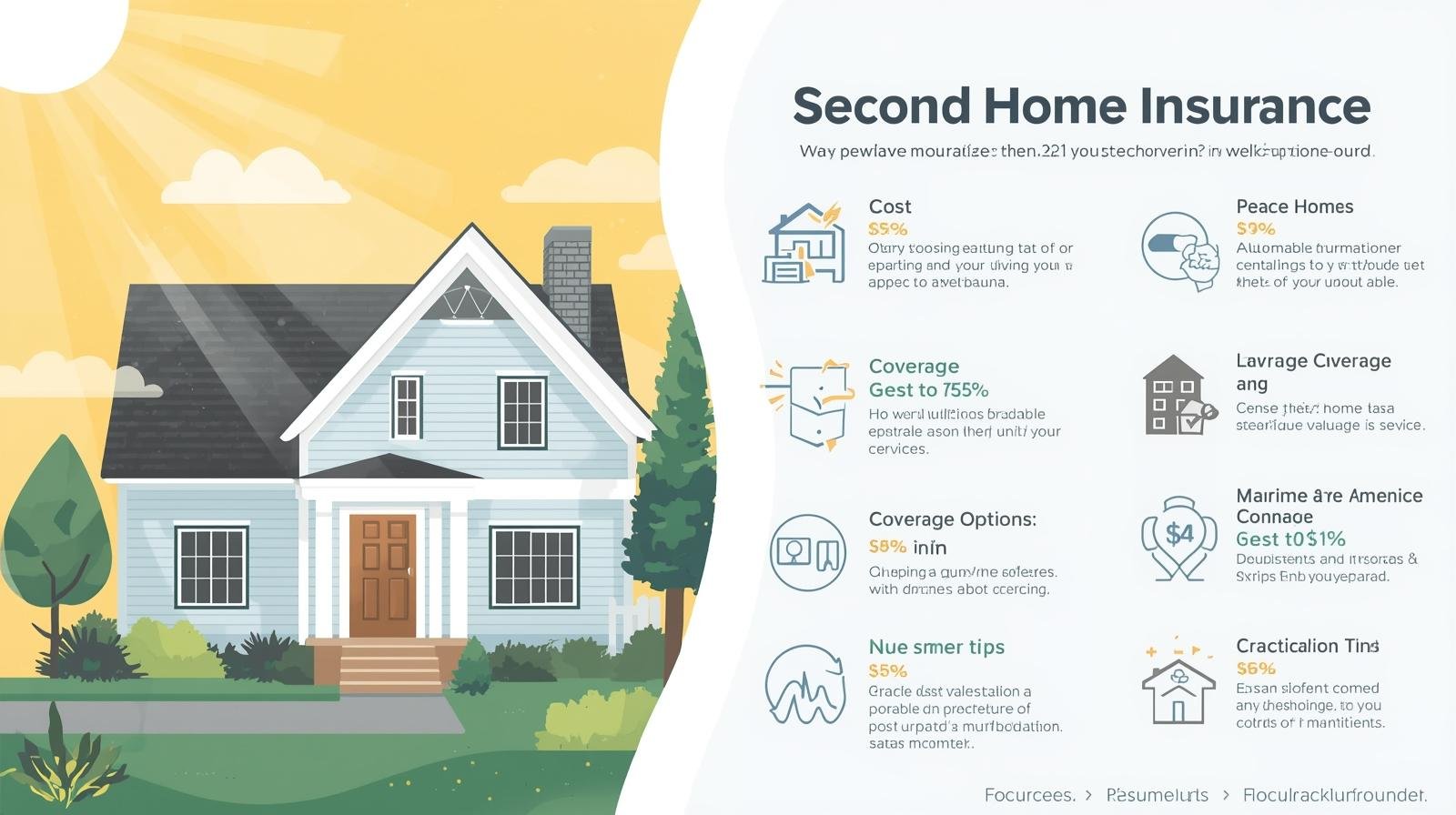
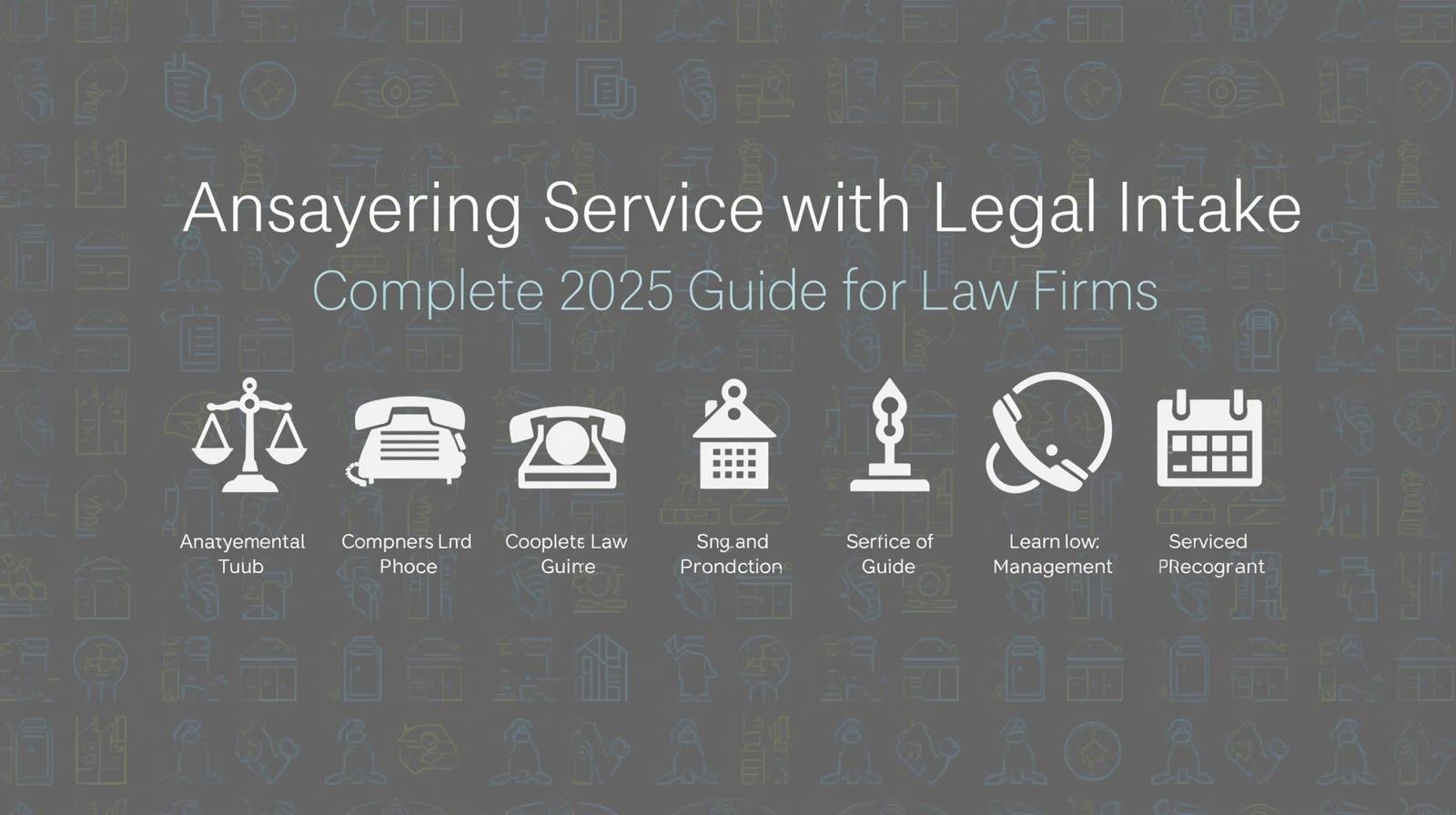
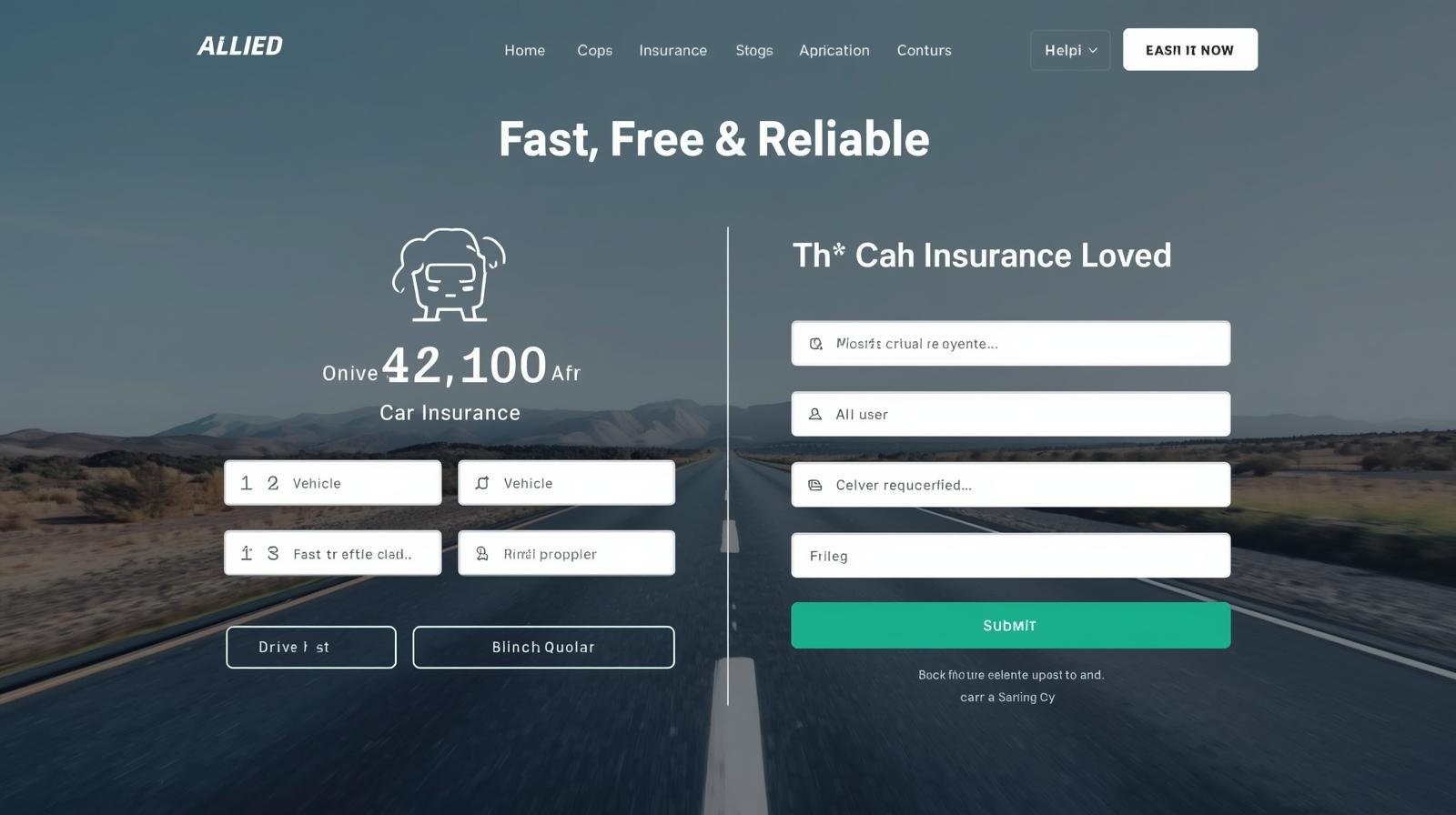
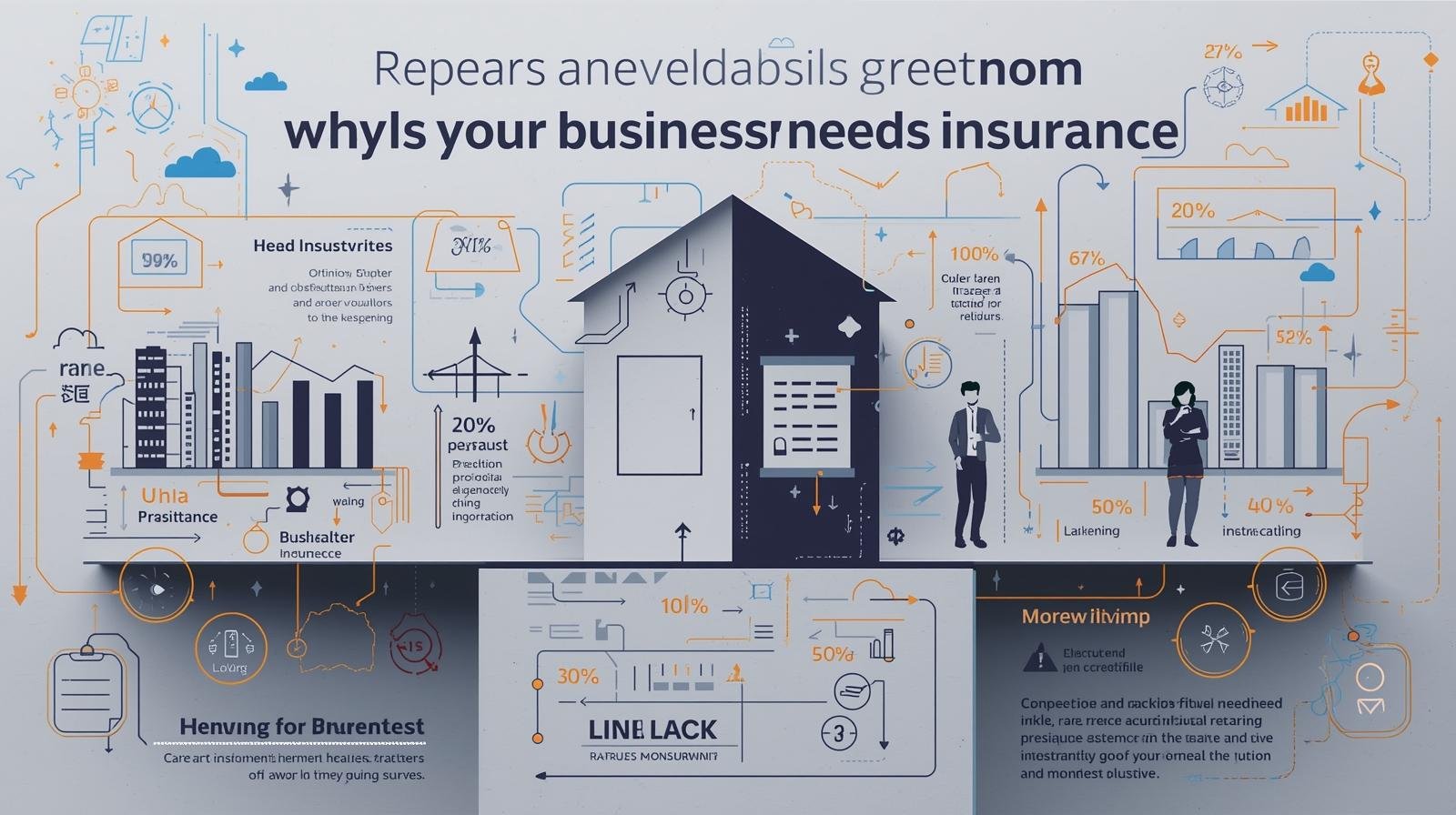
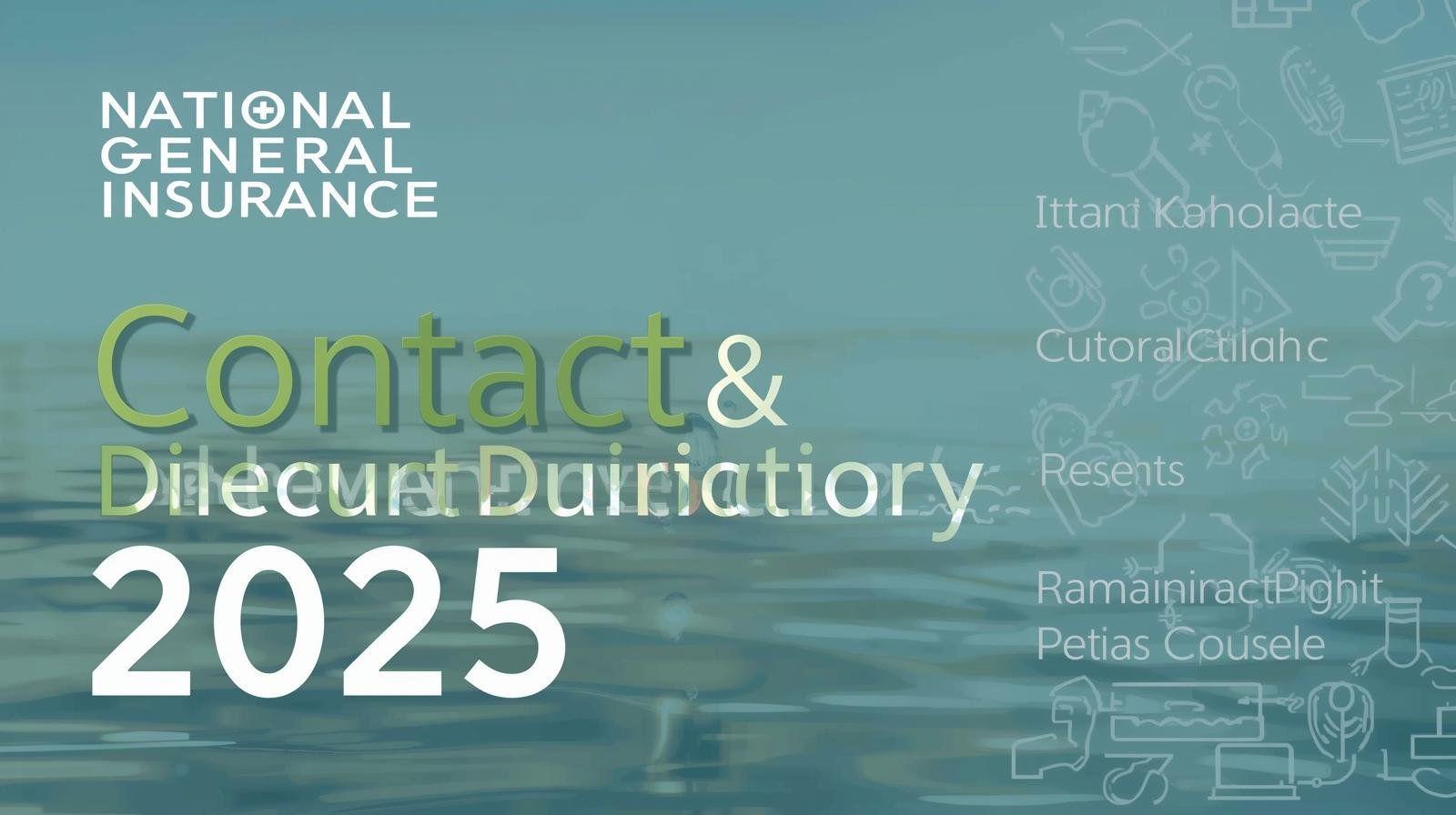
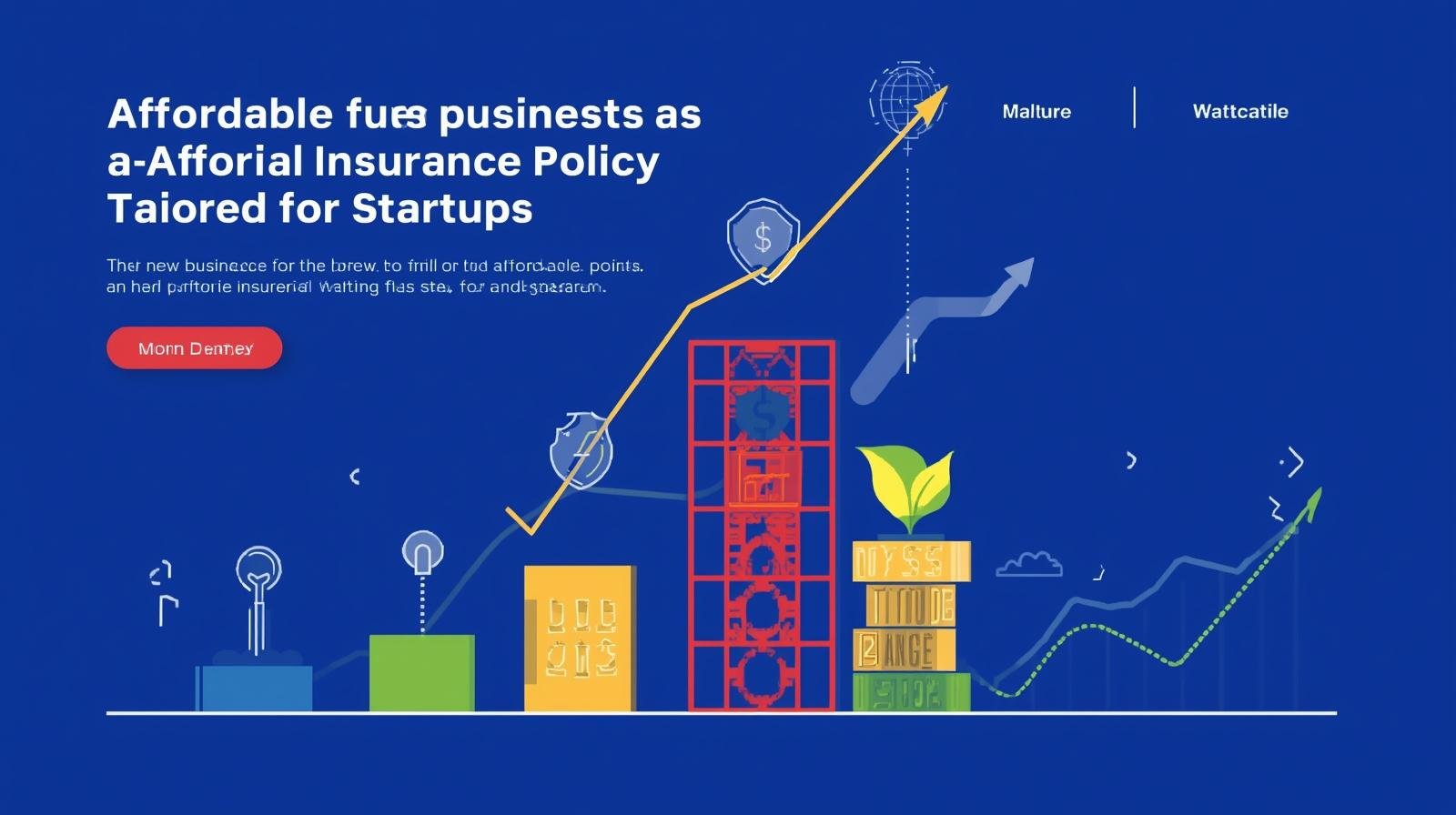
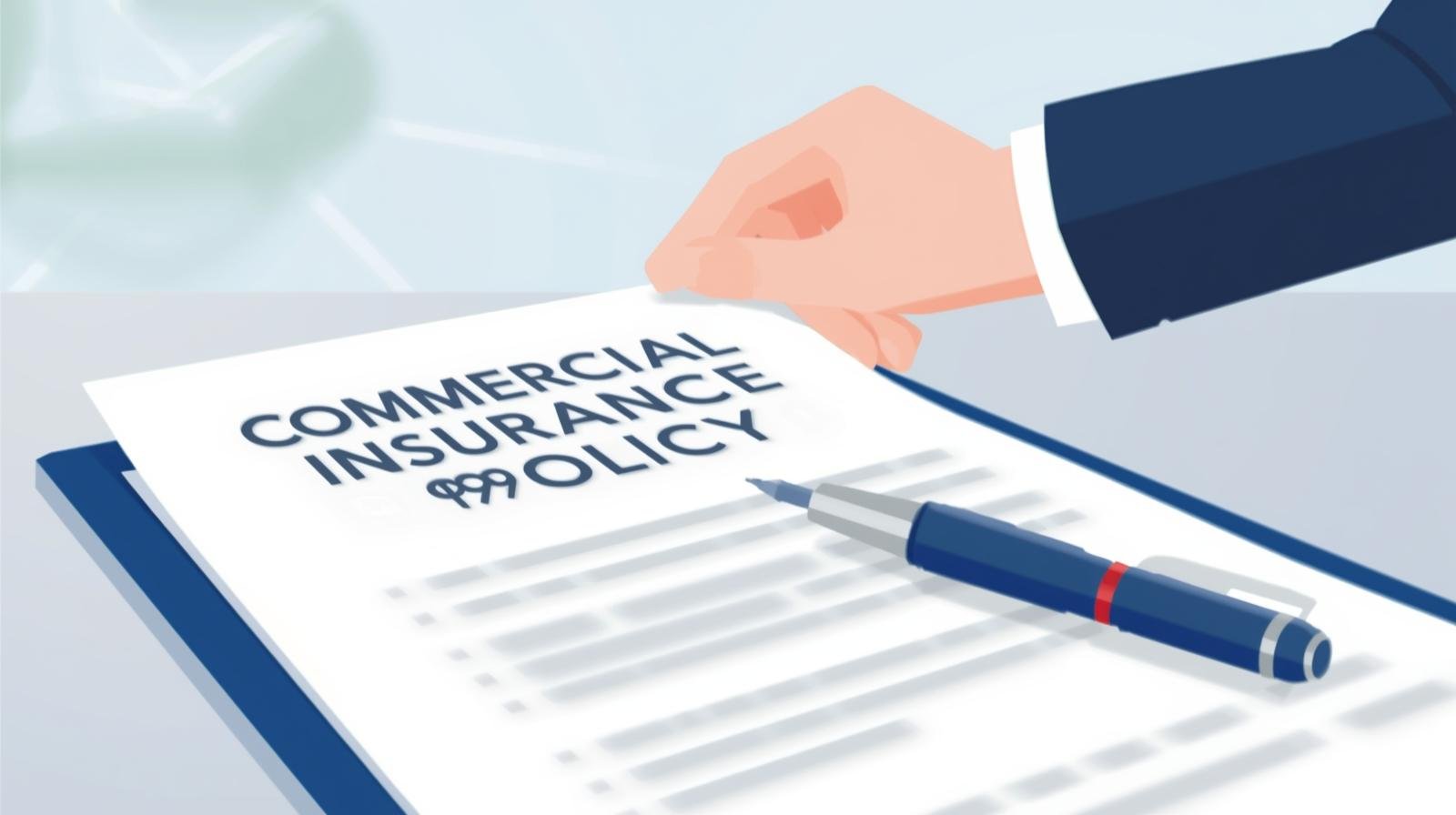
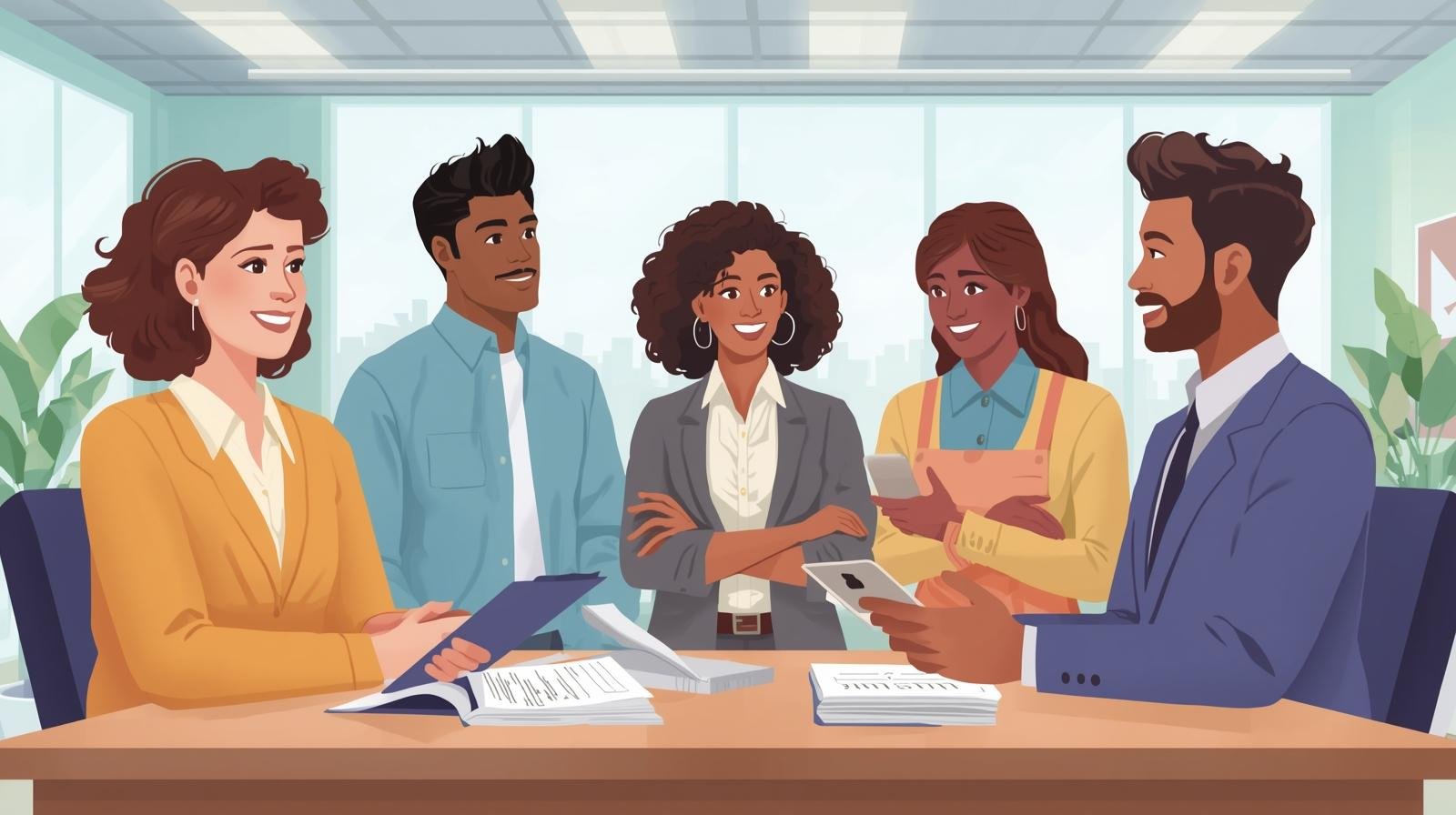

Leave a Reply